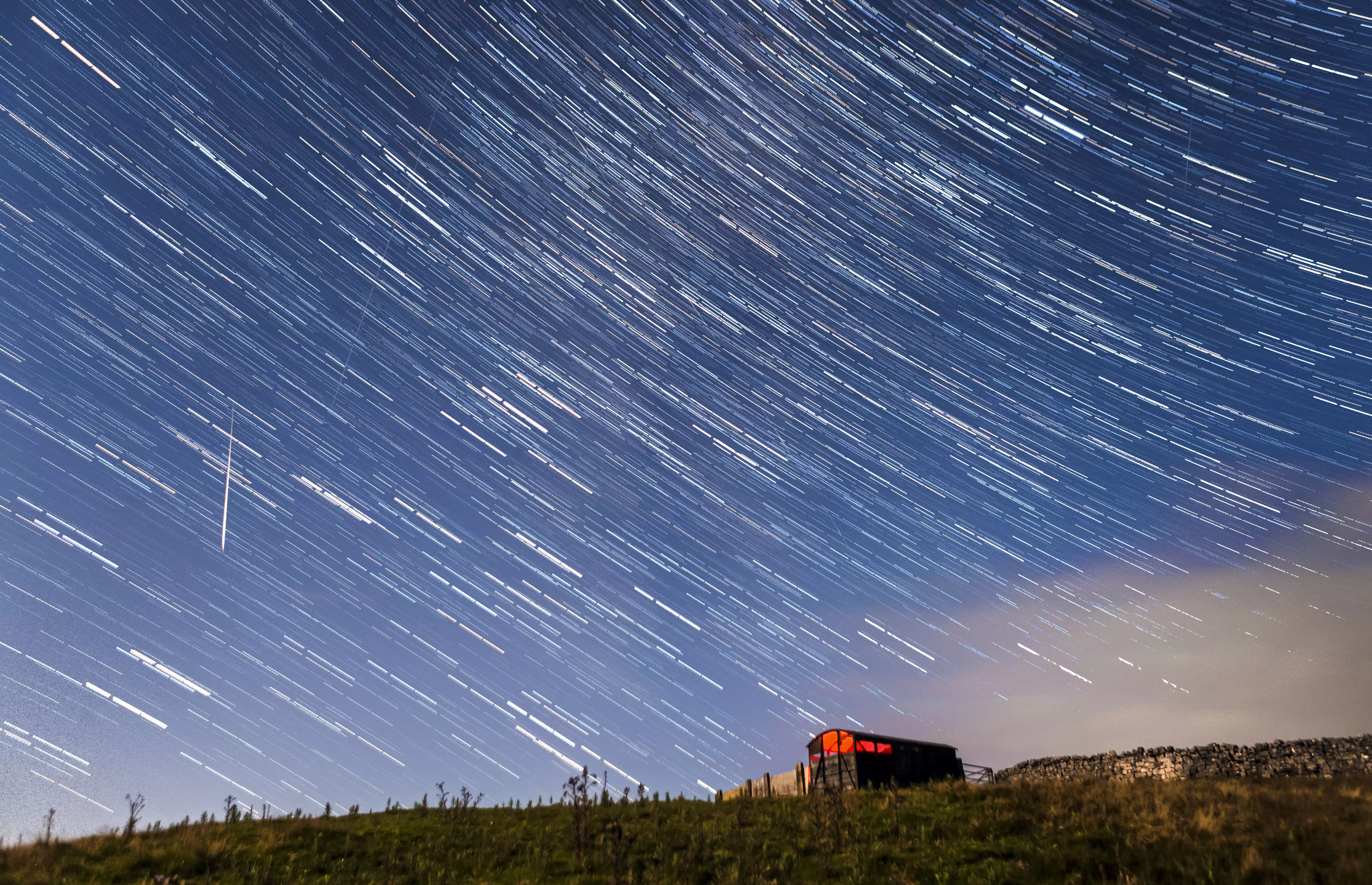
If you love star-gazing then your Monday is set to be more exciting than most: the Perseid meteor shower will be peaking in the sky.
Dedicated sky-watchers will be able to see as many as 50 to 100 comets fly across the sky per hour as part of the stunning spectacle.
The annual shower - which is active between 17th July and 24th August - will hit its peak on Monday and Tuesday (12th and 13th) and will be most visible at pre-dawn hours (2am-5am) - so you'll have to be prepared for an all-nighter.

This year it'll have to contend with bright moons which could threaten to flood out the dazzling shooting stars, but that's not to say stargazers won't see anything.
Advert
Light pollution will also affect the visuals, so if you live in the city, your chances of catching the light show will be much slimmer. Conversely, countryside-dwellers are in for a treat.
Sheila Kanani of the Royal Astronomical Society told PRETTY 52: "This year the moon is waxing, with a full moon on the 15th, so the brightness of the moon might hinder viewing pleasure somewhat, however if skies are clear you should still be able to stop a good number of 'shooting stars.'"

She added: "From an astronomer's point of view, meteor showers like the Perseids are a great phenomenon because anyone can see them, no expert equipment or knowledge is required. All you have to do is look up, and be patient."
Advert
The Perseids are caused by the Earth moving through a stream of debris left by Comet Swift-Tuttle as it travels on its 133-year orbit. As the particles hit the Earth's atmosphere at 37 miles (59 km) per second, they burn and streak across the sky.
While it's best seen before dawn, some rare ones can be seen before midnight, just grazing the Earth's atmosphere to produce the occasional bright long trail called a 'fireball'.
So there you have it: if you've got a rooftop in the city or a home in the country side, grab some chairs, blankets and a large, large pot of coffee, and witness something truly amazing. We have a feeling this may be worth showing up late to work for...
Featured Image Credit: PA